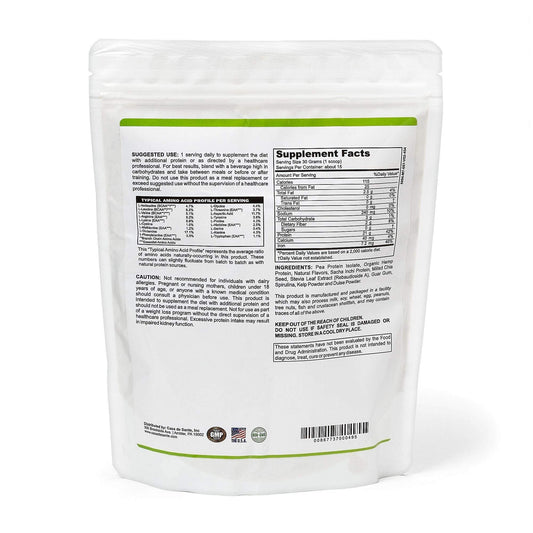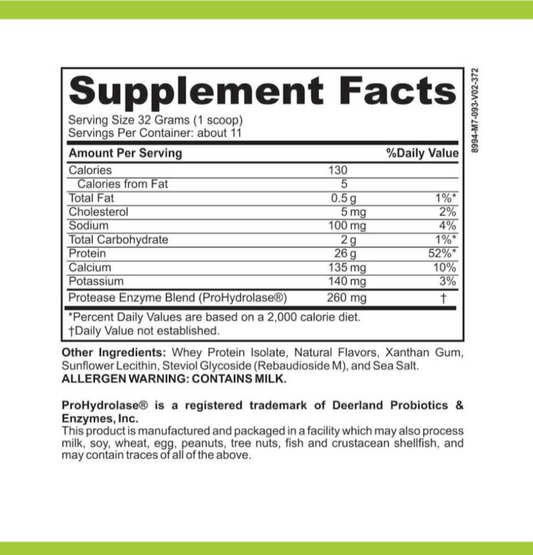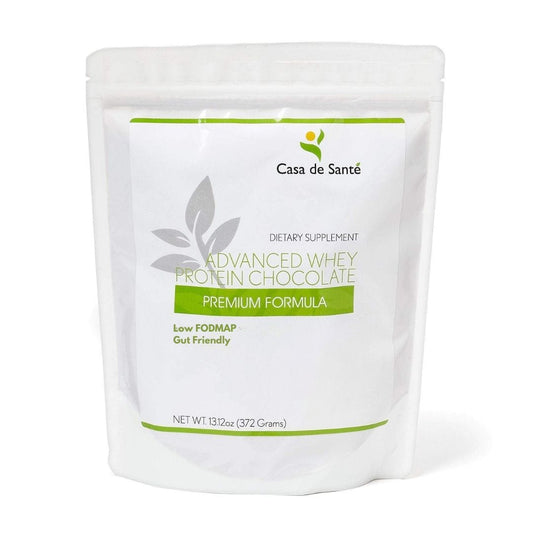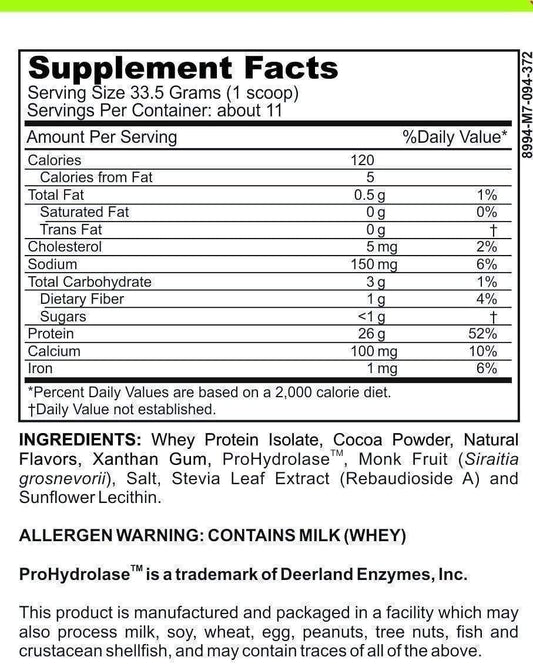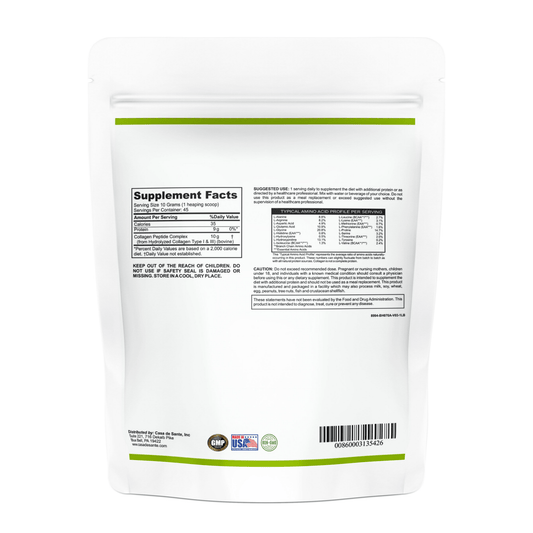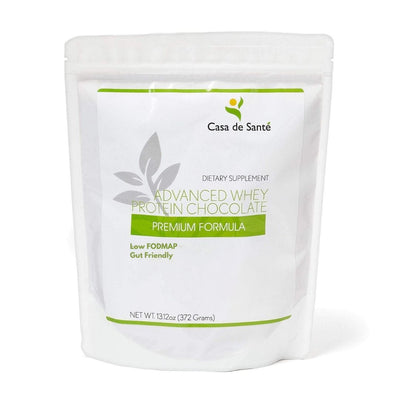Calibrate vs Sequence
Calibrate vs Sequence
In the world of data analysis and scientific experimentation, two terms that often come up are calibration and sequencing. These processes play a crucial role in ensuring accurate and reliable results. Understanding the difference between calibration and sequencing is essential for researchers and technicians. In this article, we will delve into the intricacies of calibration and sequencing, exploring their importance, processes, tools used, similarities, differences, and implications of choosing one over the other.
Understanding Calibration
Calibration is a fundamental aspect of quality assurance in various fields, including engineering, manufacturing, and scientific research. It involves adjusting and validating the accuracy and precision of measuring instruments or equipment. The goal is to ensure that the measurements obtained are consistent, reliable, and traceable to recognized standards.
Calibration is a complex process that requires attention to detail and expertise. It is not a one-time task but rather an ongoing practice that needs to be performed regularly to maintain the integrity of measurements. By calibrating equipment, scientists and technicians can have confidence in their data and ensure that their experiments are reproducible.
One important aspect of calibration is the traceability of measurements. This means that the calibration process follows internationally recognized standards and that the measurements can be traced back to these standards. Traceability is crucial for ensuring the accuracy and reliability of measurements, as it provides a clear and documented chain of measurement comparisons.
The Importance of Calibration
Calibration is vital because accurate measurements are the backbone of scientific research and reliable data analysis. Whether it's in a laboratory setting or an industrial environment, unreliable measurements can lead to faulty conclusions, compromised safety, and subpar product quality.
Imagine a scenario where a pharmaceutical company is conducting clinical trials for a new drug. If the measuring instruments used to analyze the drug's effectiveness are not calibrated properly, the results may be inaccurate. This could lead to false conclusions about the drug's efficacy and potentially put patients at risk.
By regularly calibrating equipment, scientists and technicians can maintain confidence in their data, increase experimental reproducibility, and adhere to industry standards and regulations. Proper calibration also helps to identify and rectify any deviations or inaccuracies in instruments, ensuring the integrity and accuracy of measurement results.
The Process of Calibration
Calibration involves a series of well-defined steps to assess and adjust the performance of measuring instruments. The process typically includes the following:
- Preparation: Gather all necessary tools and equipment required for the calibration procedure.
- Verification: Check if the instrument is within acceptable limits and meets the required specifications.
- Adjustment: If necessary, make adjustments to bring the instrument back to its accurate state.
- Validation: Test the instrument using known reference standards to verify its accuracy.
- Documentation: Record all calibration results, including any adjustments made, for future reference.
- Traceability: Ensure that the calibration process follows traceable international standards.
Each step in the calibration process is crucial for obtaining accurate and reliable measurements. The preparation phase ensures that all necessary tools and equipment are available, minimizing any delays or interruptions during the calibration procedure. Verification is essential to determine if the instrument is still within acceptable limits and meets the required specifications. If any deviations are found, adjustments need to be made to bring the instrument back to its accurate state.
Validation is a critical step in the calibration process as it involves testing the instrument using known reference standards. These reference standards are carefully calibrated and traceable to recognized standards, ensuring the accuracy of the measurements obtained. Documentation is essential for keeping a record of all calibration results, including any adjustments made. This record serves as a reference for future calibrations and provides a history of the instrument's performance.
Traceability is a key aspect of calibration, ensuring that the calibration process follows internationally recognized standards. This allows for the comparison of measurements across different laboratories and ensures consistency and reliability in measurement results.
Common Tools for Calibration
Various tools are used in the calibration process to effectively assess and adjust the accuracy of measuring instruments. Some of the common tools include:
- Calibration weights and mass balances for weighing scales and balances.
- Zero-setting devices for digital instruments or dials.
- Reference standards such as pressure gauges, thermometers, and pH buffers.
- Calibration software for automated calibration processes.
Calibration weights and mass balances are used to calibrate weighing scales and balances, ensuring that they provide accurate measurements. Zero-setting devices are essential for digital instruments or dials, allowing for the adjustment of the zero point to eliminate any systematic errors. Reference standards, such as pressure gauges, thermometers, and pH buffers, are used to calibrate instruments that measure these parameters. Calibration software is becoming increasingly popular, as it allows for automated calibration processes, reducing human error and improving efficiency.
In conclusion, calibration is a critical aspect of quality assurance in various fields. It ensures that measuring instruments provide accurate and reliable measurements, which are essential for scientific research, manufacturing processes, and safety. By following a well-defined calibration process and using appropriate tools, scientists and technicians can maintain confidence in their data and ensure the integrity of their measurement results.
Delving into Sequencing
While calibration focuses on ensuring accurate measurements, sequencing pertains to the ordered arrangement of data, samples, or operations in various applications. In molecular biology, sequencing refers to determining the precise order of nucleotides or base pairs in a DNA or RNA molecule.
The Role of Sequencing
Sequencing plays a crucial role in various scientific fields, primarily genetics, genomics, and molecular biology. The ability to sequence DNA or RNA provides valuable insights into the structure, function, and evolution of genes and genetic information. By unraveling the sequence of nucleotides, scientists can decipher the genetic code that governs life itself. This knowledge opens doors to understanding how genes work, how they are regulated, and how they contribute to the development and functioning of organisms.
Moreover, sequencing is also vital for identifying genetic mutations that may cause diseases. By comparing the sequence of a patient's DNA with a reference genome, scientists can pinpoint variations that may be responsible for genetic disorders. This information can then be used to develop targeted treatments or interventions.
Steps in Sequencing
The process of DNA sequencing involves several steps, each playing a crucial role in obtaining accurate and reliable results:
- Sample Preparation: Isolate the DNA or RNA molecule to be sequenced and ensure its purity and integrity. This step requires meticulous care to avoid contamination and degradation of the genetic material.
- Fragmentation: Break the DNA molecule into smaller fragments for sequencing. This fragmentation allows for easier handling and analysis of the DNA.
- Amplification: Make multiple copies of the fragmented DNA using a technique called polymerase chain reaction (PCR). PCR amplifies specific regions of the DNA, enabling further analysis and sequencing.
- Sequencing: Determine the order of nucleotides in the DNA or RNA molecule using various sequencing methods, such as Sanger sequencing or next-generation sequencing (NGS). These methods employ different technologies and approaches to read the sequence of bases.
- Assembly: Analyze and align the sequenced fragments to reconstruct the original DNA sequence. This step involves computational algorithms and bioinformatics tools to piece together the puzzle of the genome.
- Analysis: Interpret the obtained sequence data to extract meaningful information or identify genetic variations. This analysis can involve comparing the sequence to known databases, identifying genes and their functions, or searching for specific mutations.
Tools Used in Sequencing
Several high-tech tools and technologies are employed in the DNA sequencing process, enabling scientists to unlock the secrets of the genetic code:
- Sequencing machines such as the Illumina HiSeq or the Pacific Biosciences Sequel for high-throughput sequencing. These machines utilize cutting-edge technologies to rapidly and accurately read the sequence of nucleotides.
- PCR machines for DNA amplification. Polymerase chain reaction (PCR) is a widely used technique that allows for the amplification of specific DNA regions, making them easier to analyze and sequence.
- Bioinformatics software and algorithms for sequence analysis and interpretation. These computational tools play a vital role in processing and analyzing the vast amounts of sequencing data generated, allowing scientists to make sense of the genetic information.
- Biosafety cabinets to ensure a sterile environment during sample preparation. These cabinets provide a controlled environment, free from contaminants, to safeguard the integrity of the DNA samples and prevent cross-contamination.
Sequencing has revolutionized the field of biology, enabling scientists to explore the intricacies of life at its most fundamental level. With each new advancement in sequencing technology, our understanding of genetics and its impact on human health deepens. The ability to sequence DNA and RNA has paved the way for groundbreaking discoveries, personalized medicine, and the potential for a future where genetic diseases can be prevented or treated with precision.
Calibration and Sequencing: A Comparison
While calibration and sequencing serve different purposes, there are some similarities and differences worth exploring to better understand their distinct applications in the scientific realm.
Similarities Between Calibration and Sequencing
Calibration and sequencing share a common goal of ensuring accuracy and reliability in scientific processes, albeit in different contexts. Both processes require meticulous attention to detail, adherence to standards, and the use of calibrated equipment or instruments. Additionally, both calibration and sequencing contribute to the reproducibility of experiments and build trust in the obtained results.
Differences Between Calibration and Sequencing
The main difference between calibration and sequencing lies in their respective focuses and outcomes. Calibration aims to minimize measurement errors and deliver accurate results, while sequencing seeks to decode genetic information and provide insights into biological systems. Calibration primarily involves validating and adjusting measuring instruments, whereas sequencing revolves around deciphering the order of genetic building blocks.
Choosing Between Calibration and Sequencing
When faced with the question of whether to prioritize calibration or sequencing, researchers and technicians must consider various factors that influence their decision-making process.
Factors to Consider
Several factors come into play when evaluating the need for calibration or sequencing, including the nature of the study, the desired outcomes, and the potential risks involved. Researchers must weigh the importance of accuracy and precision versus the need for genetic insights or sequence information.
Implications of Choosing Calibration
Choosing calibration as a priority ensures that measurements remain dependable and accurate, reducing the chances of errors, faulty conclusions, or compromised safety. Proper calibration improves the overall quality and reliability of scientific experimentation and reinforces adherence to industry standards and regulations.
Implications of Choosing Sequencing
Opting for sequencing opens the door to unlocking the mysteries of genetic information, allowing researchers to study diseases, genetic variations, and evolutionary processes. Sequencing provides a deeper understanding of biological systems and paves the way for personalized medicine and targeted treatments.
In conclusion, calibration and sequencing play essential roles in the world of scientific research, analysis, and experimentation. While calibration focuses on ensuring accuracy in measurements, sequencing involves decoding genetic information. Both processes offer unique insights and have distinct implications. Researchers and technicians must carefully consider the context, goals, and limitations of their work to determine whether calibration or sequencing takes precedence.


